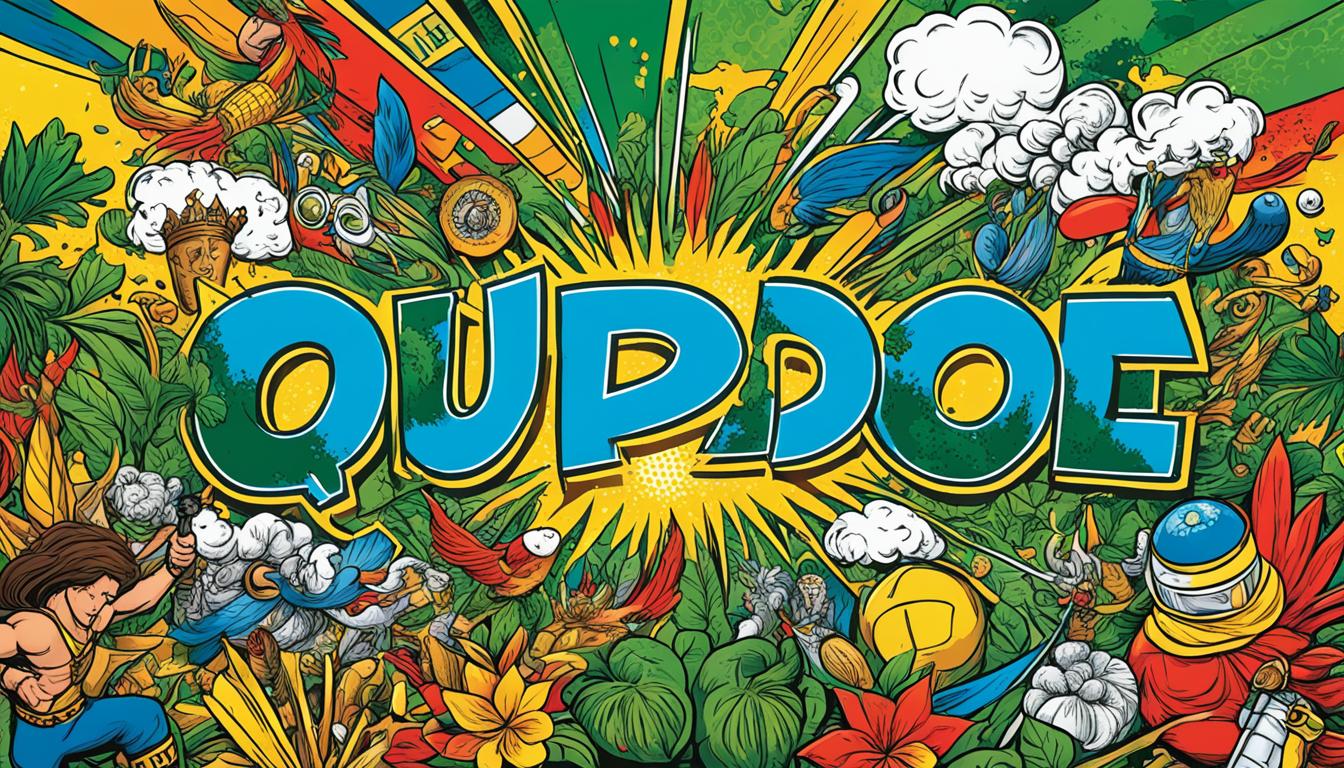Did you know that there are approximately 1,700 speakers of the Hupdë language, an endangered indigenous language spoken in the Amazon? This Amazonian language, also known as Hupdá or Hupdë Makú, holds immense linguistic diversity and cultural significance within the indigenous communities of the Brazil–Colombia border region. As efforts are being made to preserve and revitalize this unique language, join us on a journey to explore the rich history, linguistic features, and geographic distribution of the Hupdë language. Discover how language revitalization and linguistic documentation play a crucial role in safeguarding the indigenous culture of the Amazon.
From the lush forests of the Amazon to the deep-rooted traditions of the Hupdë people, delve into the captivating world of this endangered language and its invaluable link to the indigenous culture. Join us in unraveling the mysteries of the Hupdë language and understanding the importance of preserving linguistic diversity in the heart of the Amazon.
History and Cultural Significance of Hupdë Language
The Hupdë people have a rich history and cultural significance in the Amazon region. Despite being targeted by forced transfers and Catholic missions in the past, their isolation and geographical protection have helped them maintain their language and culture. The Hupdë language plays a vital role in preserving their identity and communicating their cultural heritage.
The Hupdë people have a close relationship with the Tukanoan people, who live along the rivers, and they engage in trade and intermarriage. However, the Hupdë language is not widely spoken among the Tukanoan people, highlighting the linguistic and lifestyle differences between the two groups.
To further illustrate the cultural significance of the Hupdë language, here is a quote from a Hupdë community member:
“Our language is not just a means of communication. It is a connection to our ancestors and a way of passing down our traditions to future generations. It is through our language that we express our unique worldview and maintain a strong sense of cultural identity.”
This quote emphasizes the importance of the Hupdë language in preserving the indigenous culture and heritage of the Hupdë people. By safeguarding and revitalizing their language, they ensure the survival and continuation of their unique way of life.
To better understand the historical and cultural significance of the Hupdë language, let’s take a closer look at its geographic distribution.
Indigenous Territories of the Hupdë People
| Country | Territory |
|---|---|
| Brazil | Rio Auari Region |
| Colombia | Uaupés Territory |
| Colombia | Papuri Territory |
| Brazil | Upper Negro River Territory |
| Brazil | Middle Negro River I Territory |
| Brazil | Middle Negro River II Territory |
| Brazil | Téa River Territory |
| Brazil | Apapóris River Territory |
This table provides an overview of the indigenous territories occupied by the Hupdë people. Their presence spans across Brazil’s Rio Auari region and various territories in Colombia, such as Uaupés and Papuri. These territories reflect the distribution of the Hupdë people and their close connection to the Amazon rainforest.
To conclude, the history and cultural significance of the Hupdë language are intricately intertwined with the identity and traditions of the Hupdë people. By understanding and appreciating the role of language in indigenous culture, we can contribute to the preservation and revitalization of linguistic diversity in the Amazon region.
Linguistic Features of Hupdë Language
The Hupdë language possesses a variety of unique linguistic features that differentiate it from other languages. It exhibits a wide range of consonants and vowels, including nasal allophones of voiced stops. Additionally, the Hupdë language showcases a distinctive word-level tone contrast system, characterized by rising and high tones found in nouns and adjectives.
Hupdë is classified as an agglutinative and concatenative language, meaning that it combines multiple morphemes to create complex words and sentences. It has a high rate of synthesis, where multiple affixes are attached to a root word, resulting in the formation of new words. Conversely, the language has a relatively low rate of phonological fusion, which refers to the blending of morphemes phonetically.
The morphology and syntax of the Hupdë language encompass various elements, including personal pronouns, semiverbal “verby” nouns, and respect markers. These components play essential roles in shaping the structure and meaning of sentences in Hupdë.

Overall, the linguistic features of the Hupdë language contribute to its distinctiveness and cultural significance within the indigenous community. Its phonology, morphology, and tonality provide insight into the complexities of language and offer valuable opportunities for linguistic exploration and documentation.
Geographic Distribution of Hupdë Language
The Hupdë language is primarily spoken in the Amazonas state of Brazil, specifically in the Rio Auari region, as well as in Colombia. The Hupdë people occupy various indigenous territories within these regions, including the Uaupés and Papuri in Colombia and the Upper Negro River, Middle Negro River I and II, Téa River, and Apapóris River territories in Brazil. The distribution of the Hupdë people is influenced by the availability of resources for hunting and sustenance in the forests, as they migrate across the watershed regions.
For a visual representation of the geographic distribution of the Hupdë language, refer to the map below:
| Country | Territory |
|---|---|
| Brazil |
|
| Colombia |
|
Conclusion
The Hupdë language plays a vital role in the preservation of indigenous culture and linguistic diversity in the Amazon region. Despite being an endangered language and facing challenges, efforts are being made to document, study, and revitalize Hupdë.
While linguistic resources and documentation on Hupdë are limited, linguists continue to collaborate with the Hupdë people to promote language preservation. The Hupdë language not only serves as a means of communication but also carries the cultural heritage and identity of the Hupdë community.
Recognizing the importance of the Hupdë language and supporting language revitalization initiatives is crucial for the overall preservation of linguistic diversity and the richness of indigenous cultures in the Amazon. By valuing and protecting the Hupdë language, we contribute to the continuation of a unique linguistic legacy.
FAQ
How many speakers are there of the Hupdë language?
There are approximately 1,700 speakers of the Hupdë language.
Is the Hupdë language endangered?
Yes, the Hupdë language is considered an endangered language.
What efforts are being made to preserve the Hupdë language?
Efforts are being made to preserve the Hupdë language through linguistic documentation, language revitalization initiatives, and working with the Hupdë people.
What is the historical and cultural significance of the Hupdë language?
The Hupdë language is of great significance to the Hupdë people as it helps preserve their cultural heritage and identity.
What are some unique linguistic features of the Hupdë language?
The Hupdë language has a range of consonants and vowels, nasal allophones of voiced stops, word-level tones, and agglutinative and concatenative properties.
Where is the Hupdë language primarily spoken?
The Hupdë language is primarily spoken in the Amazonas state of Brazil, specifically in the Rio Auari region, as well as in Colombia.
What territories do the Hupdë people occupy?
The Hupdë people occupy various indigenous territories in Brazil, including the Uaupés and Papuri, and in Colombia.
How can we contribute to the preservation of the Hupdë language?
Recognizing the importance of the Hupdë language and supporting language revitalization initiatives can contribute to its preservation and the overall preservation of linguistic diversity and indigenous cultures in the Amazon region.
